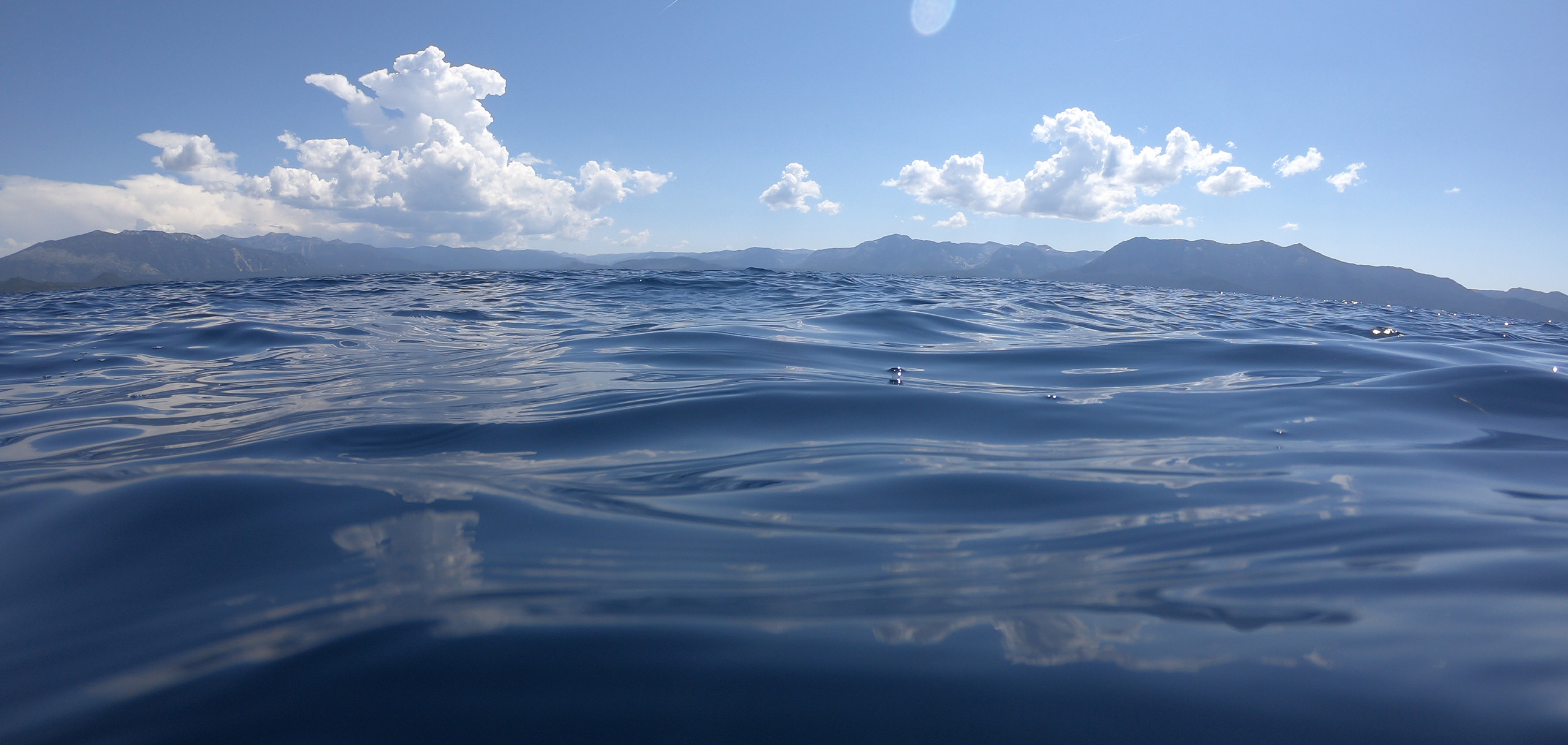LAKE TAHOE, CA/NV (APRIL 10, 2023) — Today, the UC Davis Tahoe Environmental Research Center and Tahoe Regional Planning Agency released findings from the annual Lake Tahoe Clarity Report, which showed average clarity – or how deep a 10” white disk can be lowered into Lake Tahoe before it becomes invisible from the surface – of 71.9 feet for the year 2022.
After decades of steady water clarity loss in the latter half of the 20th century, organized conservation efforts by the League and others helped stop the decline and stabilize Lake Tahoe’s world-famous water clarity. Since 2000, multi-year average clarity measurements, which are more telling of Lake health than annual averages, have remained stable.
The following is a statement regarding the 2022 Lake Tahoe Clarity Report from League to Save Lake Tahoe CEO Dr. Darcie Goodman Collins:
“It’s encouraging to see that water clarity improved in 2022 compared to the year prior. Yet, a better annual average for a single year shouldn’t be taken as a signal that Lake Tahoe’s water clarity is now on a path to recovery. The data from 2022 tells a nuanced story and reminds us there is much more we need to understand about Lake Tahoe if we hope to keep – and restore – its blueness.
For example, in January of 2022, a clarity reading of 137.8 feet was recorded. That single extreme data point added 1.3 feet to the annual average, moving the needle from 70.6 to 71.9 feet. This detail is important, considering that a foot of clarity gain or loss can be interpreted as triumph or catastrophe.
The context of 2022 is also important. Last year, Tahoe was not shrouded in wildfire smoke and ash for long periods as it was the prior two years. Nearby wildfires deposit clarity-reducing particles in the Lake. Also, streamflows did not contribute a significant amount of runoff in 2022, which also degrades clarity. So, with a relative lack of things falling on or flowing into Lake Tahoe, what’s happening in the water itself may offer an explanation for relative improvements in clarity.
The Clarity Report does note coincidental changes in the populations of organisms living in the Lake, mysis shrimp and two species of zooplankton, which certainly warrants further funding and scientific study. So too do physical processes, like deep water mixing, which occurred fully earlier this year (outside the range of the 2022 report) for the first time in four years. Changes in clarity should not be attributed solely to a single factor, such as a change in the food web or physical processes.
Science, funding and implementation of conservation policies are crucial to protect Tahoe and bring its clarity back. The League is focused on combating the threat of aquatic invasive species and improving regional transportation to prevent ecological damage and pollution. To help bring back clarity that’s been lost, we work with land managers and volunteers to restore Tahoe’s meadows, marshes and wetlands, the Lake’s natural pollution filters. These ecosystems also improve the Lake’s ability to withstand the shocks of climate change.
There’s always more to do to protect and preserve Big Blue. We can overcome these challenges. Together, we will Keep Tahoe Blue.”


